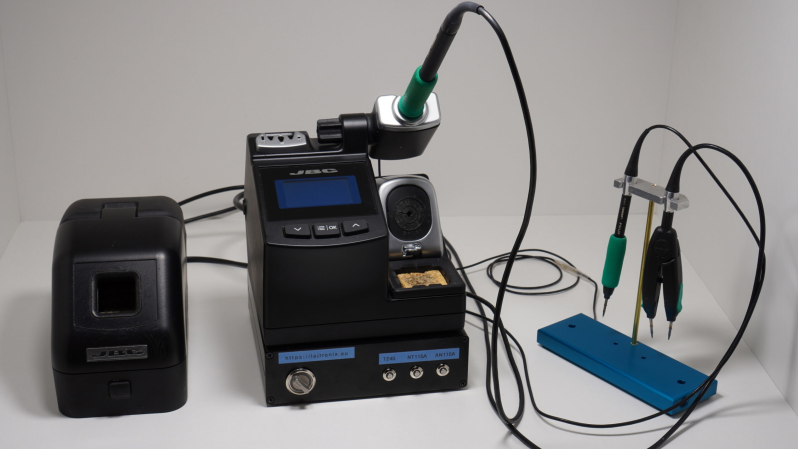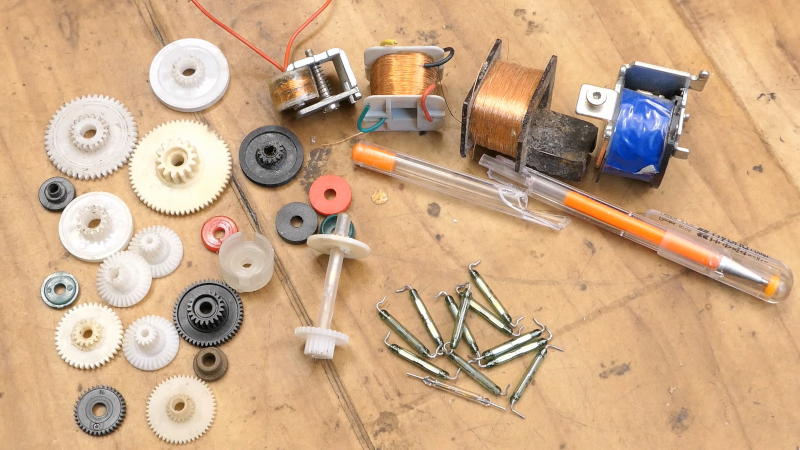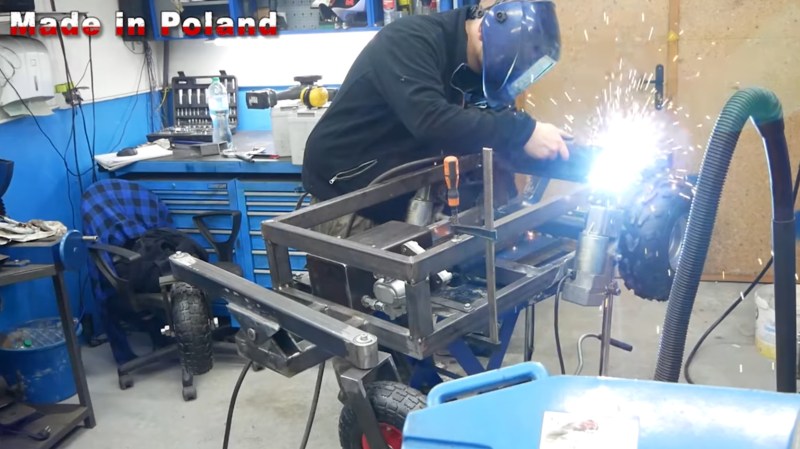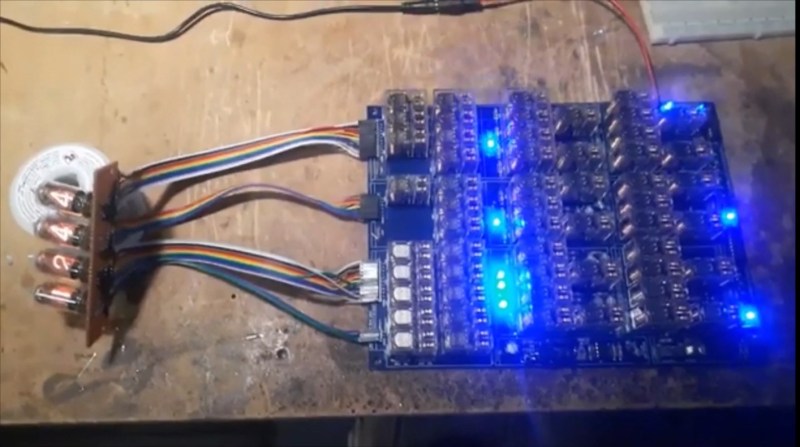The humble car alarm has been around almost as long as the car itself, first being developed by an unknown prisoner in Denver, circa 1913. To the security-conscious motorist, they make a lot of sense. The noise of a car alarm draws attention which is the last thing a would-be thief wants, and the in-built immobilizers generally stop the car being moved at all without a time-consuming workaround. Both are a great deterrent to theft.
It may then surprise you to know that I, dear readers, consider the aftermarket car alarm to be one of the most heinous devices ever …read more
 Continue reading The Bane of Aftermarket Car Alarms→
Continue reading The Bane of Aftermarket Car Alarms→



